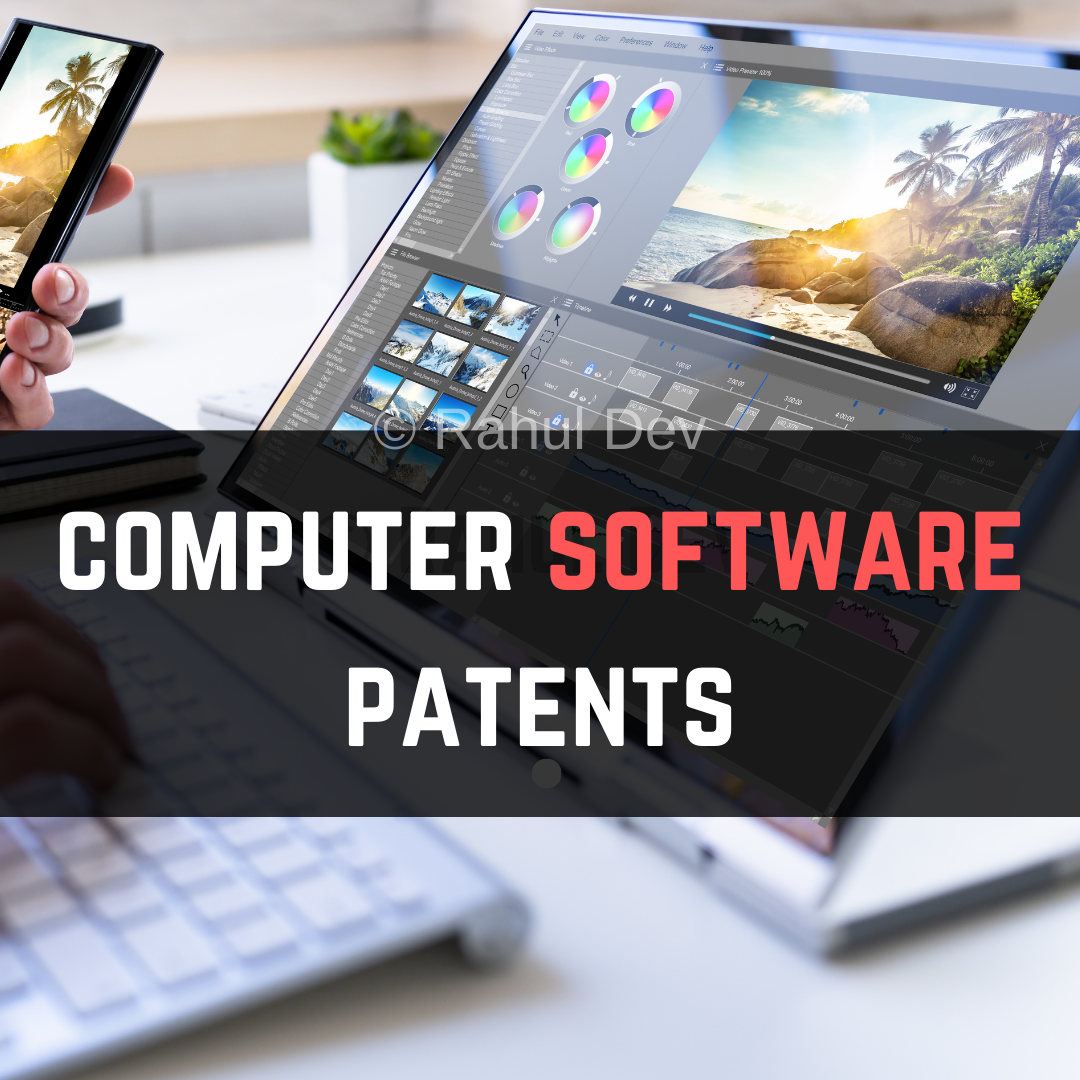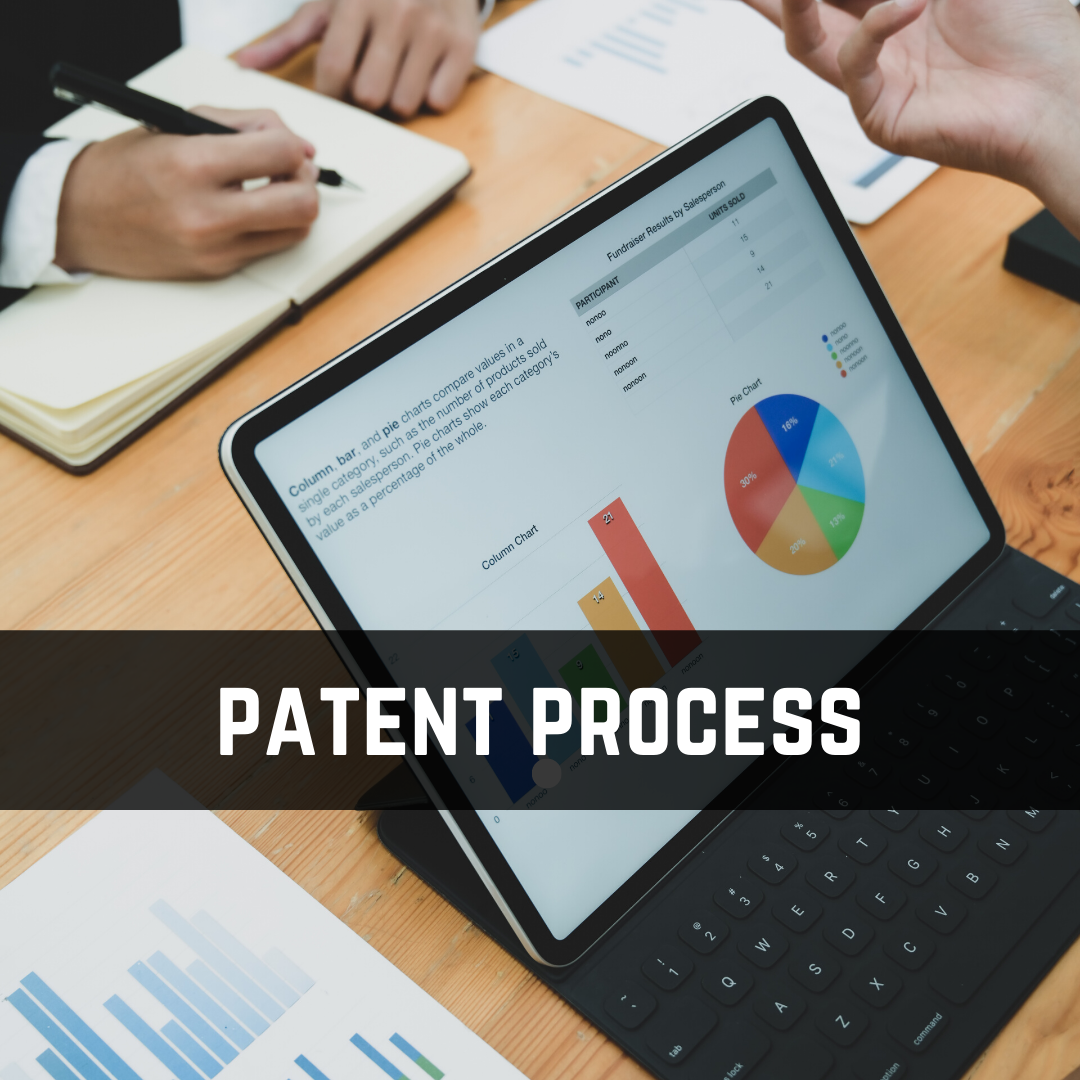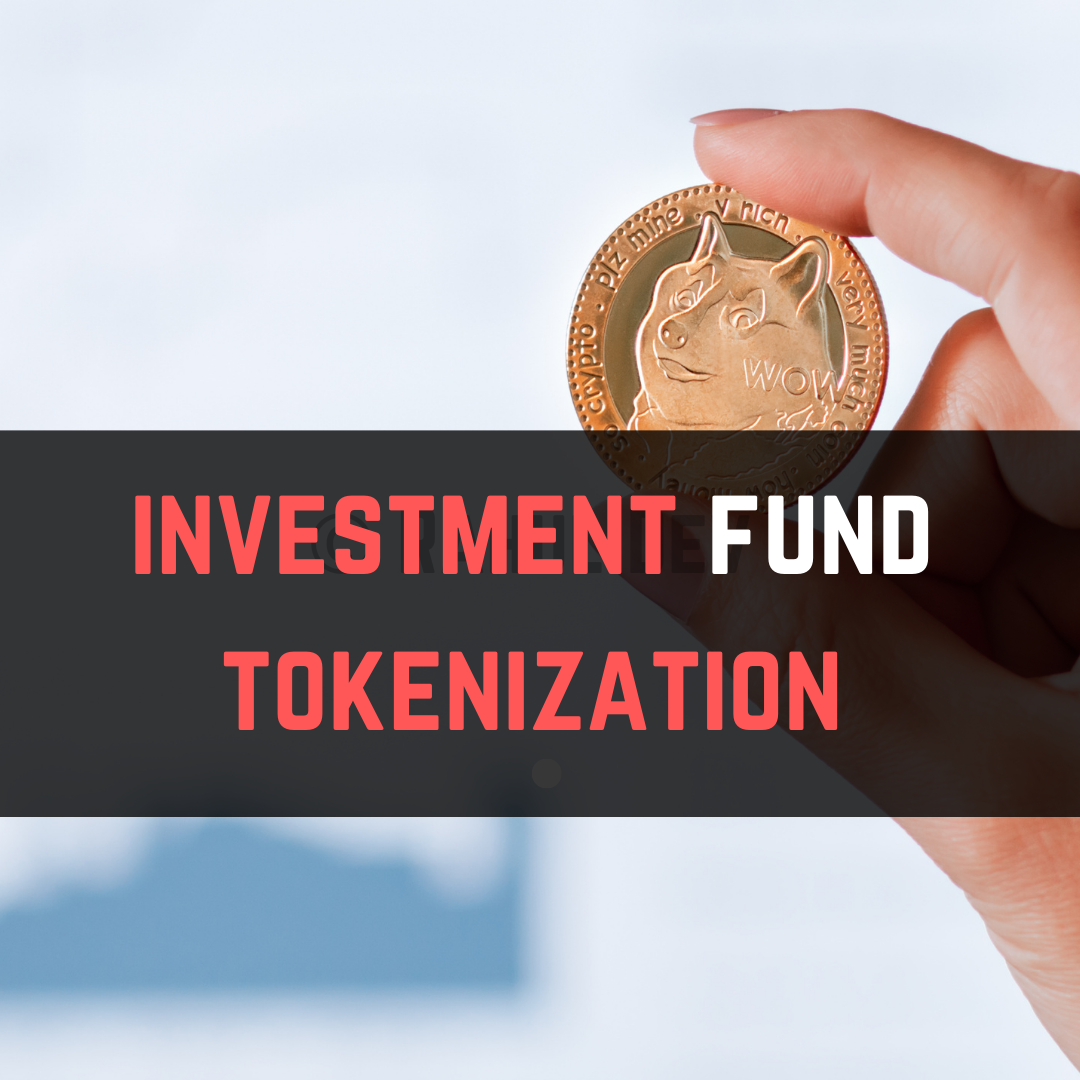

The authentic right to access something of your own is very important. That’s why the Intellectual Property Rights (IPRs) are so important to protect your rights. A patent is one of the most important Intellectual Property Rights like a trademark, geographical indication, industrial design, and copyright.
The Patents Act of 1970 governs the grant of patents in India. After India signed the TRIPS (Trade-Related Aspects of Intellectual Property Rights) agreement in 1995, some significant changes like an increase in the term of a patent to 20 years and provision of product patents were implemented and updated. Here we are discussing the scenario of patenting in Pharmaceuticals in India.
Patents are granted to inventors to protect their inventions. It is an exclusive right that is granted by the government to the applicant of the patent. The inventors themselves can apply for a patent or can assign any other person/company to apply. Having a patent, the inventor can exclude others from any type of unauthorized activity with the invention.
Every research in the Pharma Industry has great potential to produce some absolutely unique and inventive results that can become some very useful products in the future. So, it is very important to save those inventions from any unauthorized access by any of the large number of competitors out there. Now, let’s take a look at the major Pharma patents provided by the Indian Patent Office.
In these patents, the right to a drug compound is claimed by its chemical structure. These patents protect the company’s products on a very broad scale. Any individual or any organization owning these patents can exempt other companies from preparing such drugs and from producing/selling any formulation related to that drug before its patent expires.
The claims related to these patents are called Markush type claims which is basically a claim with various “functionally equivalent” chemical entities allowed for one or more parts of the drug compound.
These patents are not directly associated with the final product of any invention. They protect the rights of the patent holders towards the specific technology required to prepare the formulation and towards setting the quantity of the key ingredients of the product. That means the ratios of the ingredients for any product can only be determined by the patent holder of that product.
Sometimes for better results, multiple drugs need to be mixed in certain manners or ratios. The efficiency of any combination of drugs depends on the synergy between the individual drugs used. So, the right to decide that proportions or ratios for the mixture of the drugs is secured by the Synergistic Combination Products patents to the patent owners.
These patents are associated with the exclusive right to decide the techniques for solving certain technology-related problems like taste-making, stabilization, increase in solubility, etc.
These patents protect the right to prepare Polymorphs i.e. different physical forms or crystal structures of any compound that is already known. The objective behind preparing Polymorphs is reducing impurities or increasing the stability of the compounds.
A number of therapeutic, diagnostic, and immunological products are prepared by using biological materials or living organisms. These patents secure the rights for those preparations.
These patents are associated with protecting the new and inventive process to produce any product.
A patent can be considered as a form of property. So, the transfer of a patent requires an absolute legalized process as follows –
By patent assignment, the owner of the patent can transfer all or part of the rights associated with the patent to any other person. The person who assigns is called the assignor and the person to whom the rights are assigned is called the assignee.
Patent owners can provide some limited rights to others by a patent license. The rights associated with patent licenses are subject to time, the field of use, and geographical area.
These are a great part of Pharmaceutical Patenting in India. In the field of various kinds of patents, Rahul Dev is a very renowned name. To know more and to avail our services, feel free to contact us. Also, follow our blog page to know more about various products related to patents, laws, etc.



